When Ford CEO Jim Farley spoke of developing a ride-hailing vehicle early in June, he took aim at the king. “The Prius is not a good vehicle for shared mobility,” he said.
Farley, a former Toyota executive himself, acknowledged the hybrid hatchback’s ride-hailing positives, such as good fuel economy and decent resale value. But he also pointed out that it doesn't have enough driver-assistance technology (increasing insurance bills) and it still uses petrol. And most importantly, it isn't bespoke.
“The largest fleet of operators today in the US are Lyft and Uber drivers. There are 1.3 million of them, larger than all the rental companies combined. And no one has ever built a product for them,” Farley told the Bernstein Conference.
Farley wouldn’t be drawn too much on the product that Ford would launch, but he said that it had to be electric. And it would probably be offered by the company’s commercial vehicle arm, Ford Pro.
“I don't want to give too much away, but we're the biggest commercial [vehicle] provider, and that's a commercial vehicle.”

Ford isn't alone in this. Across the world, Uber drivers are being targeted as never before by car makers that have done the sums on electric, seen where personal mobility is heading, particularly in cities, and identified that there’s a market for high-use cars primarily being used as ride-hailing taxis.
Last month, Group Renault signed a contract with Spanish ride-hailing company Cabify to become the first customer of its Chinese-made Mobilize Limo electric car, which it says has been designed for high-mileage city work. The deal is for 40 Limos, which the mobility division says are good for 300,000km (186,000 miles).


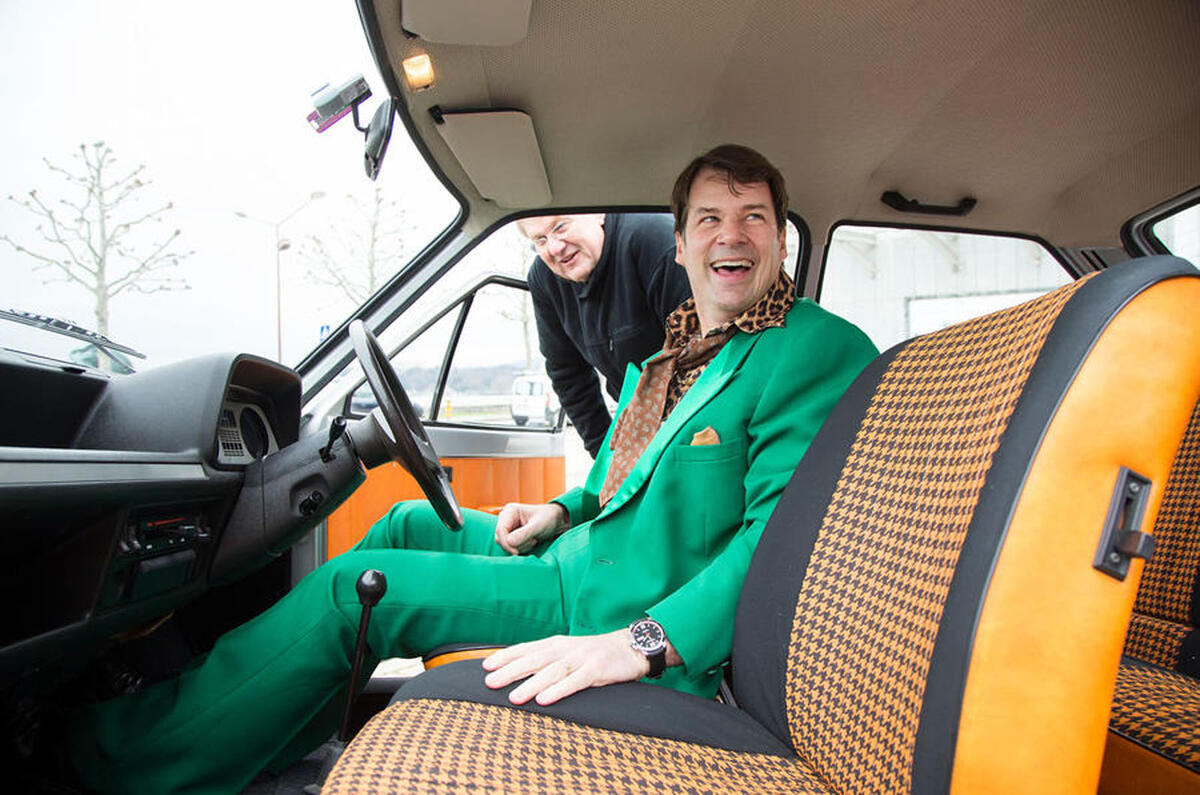

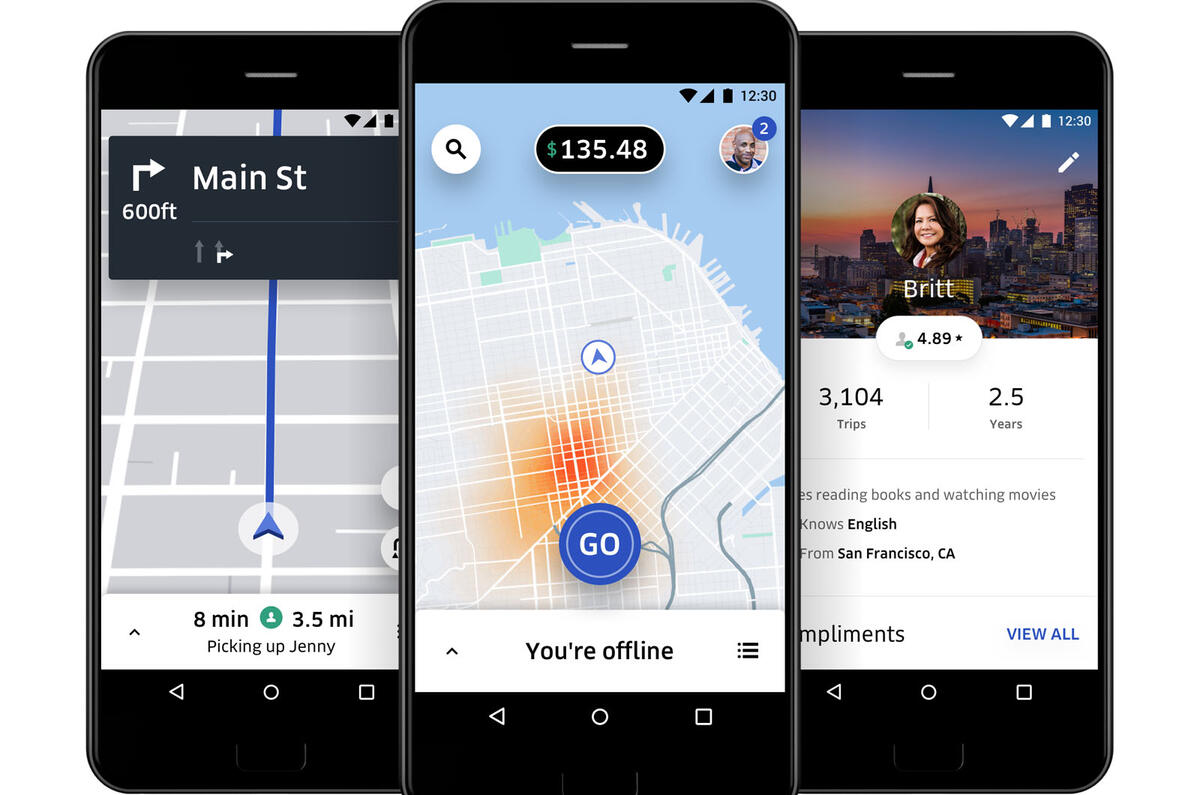
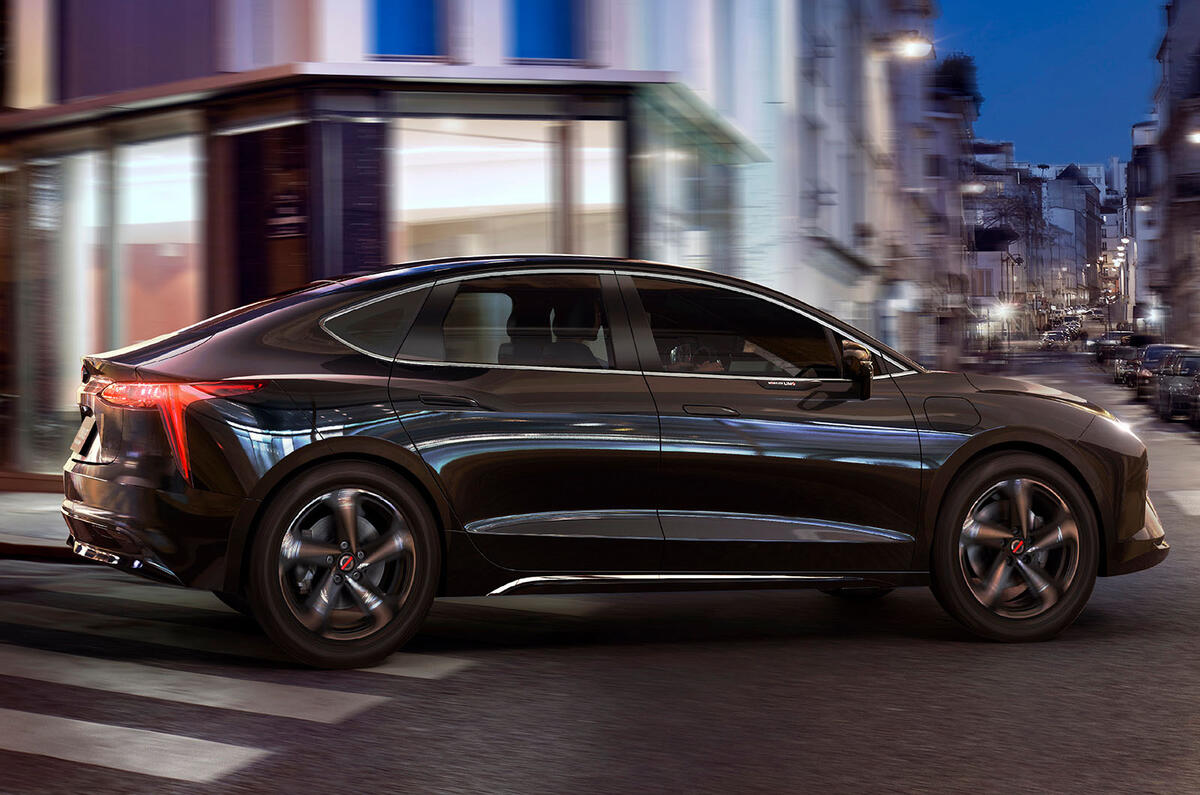


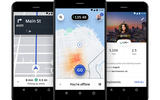
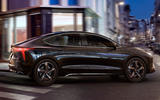

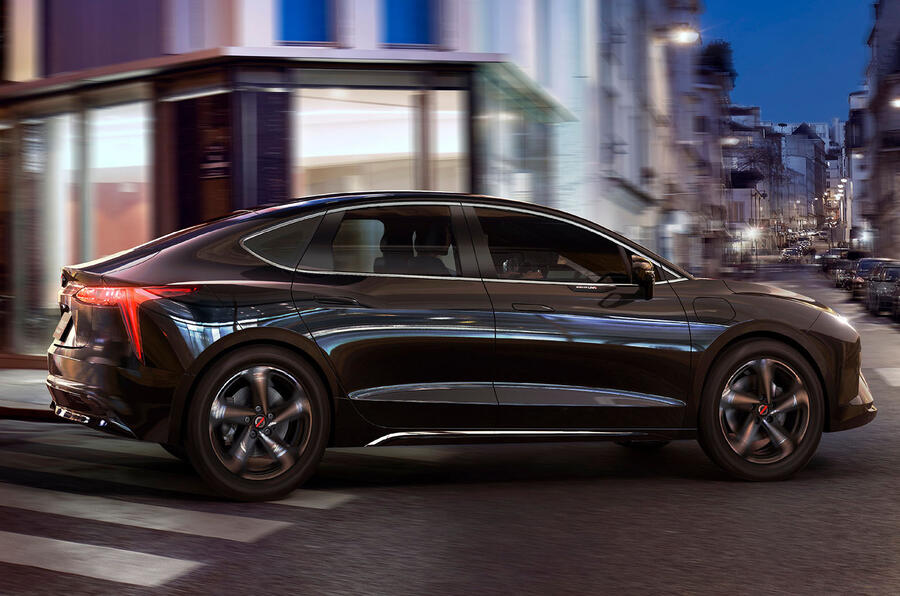

Add your comment